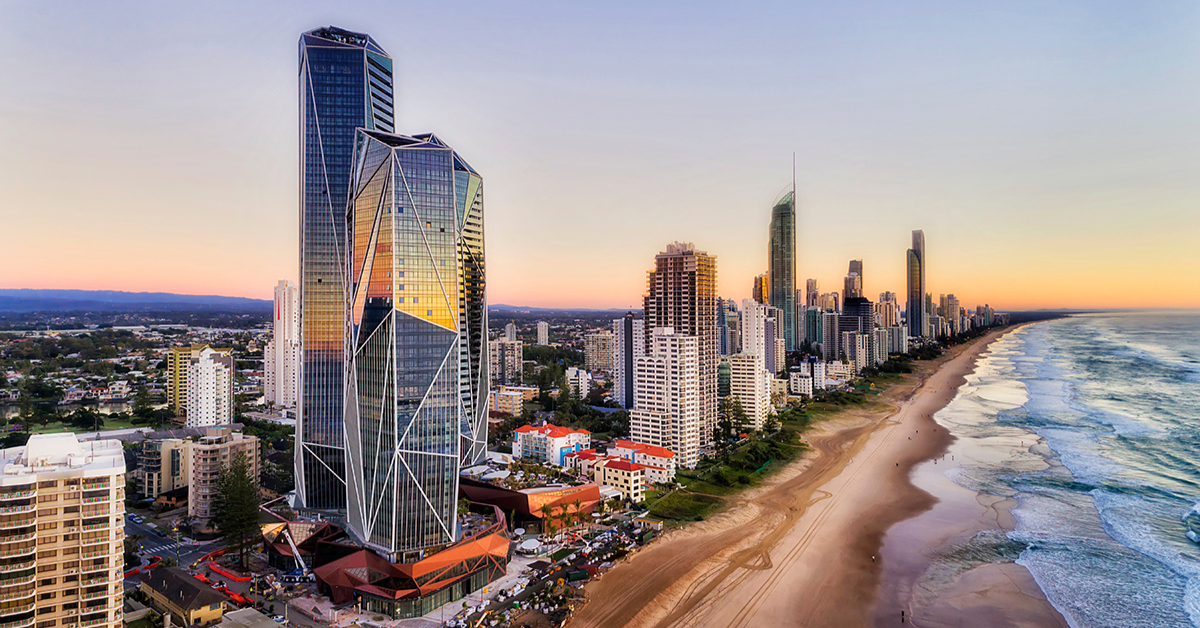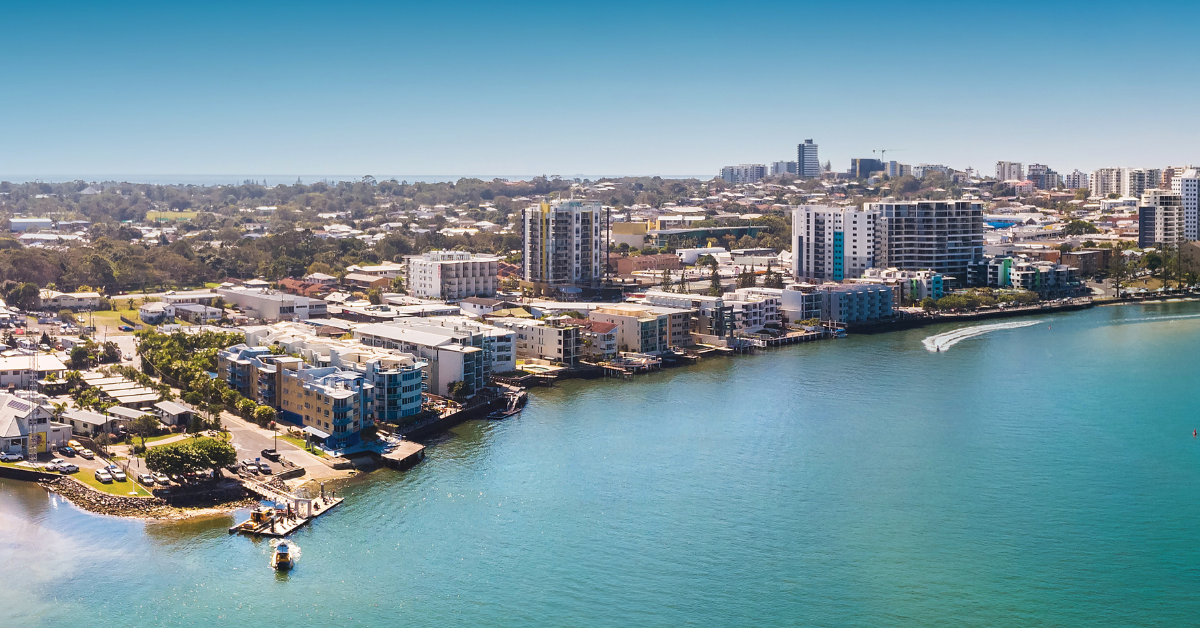Sub $5m Market Boosted by Rate Cut Predictions
.png?width=1080&height=565&name=Website%20feature%20image%20spec%20size%20(3).png)
The prospect of multiple interest rate cuts in 2025 will drive further interest in the sub-$5m commercial property market over next year, reviving a tight transactional market.
Some economists are predicting four rate cuts from the RBA next year in the wake of movements from many of the developed world’s Central Banks. Investors would welcome a widened yield spread while increased borrowing capacity would encourage more tenants to make the leap to ownership.
The sub-$5m commercial market has shown resilience in recent years in the face of inflationary pressure, albeit at subdued transaction volumes.
Compared to other investment classes, commercial property yields remain attractive. Residential property yields often hover around 2% to 4%, and bonds and term deposits offer lower returns after adjusting for inflation. While equities may offer higher potential gains, they come with increased volatility, positioning commercial property as a stable alternative for long-term investors.
Industrial: A Post-Pandemic Powerhouse
The surge in e-commerce and heightened demand for logistics and warehousing facilities have tightened supply, with near-zero vacancy rates in some pockets.
Industrial rents in Sydney have soared with some markets recording increases of between 30-50% since 2020. Limited land opportunities – and the cost of developing or replacing – has driven-up competition.
Private investors and syndicates increased their market activity in the industrial space over the last 12 months as institutional investors remained cautious amongst global challenges.
Secondary industrial yields are now in the order of 6-6.5% in Sydney’s south-west industrial corridor with the yield shift appearing to have stabilised.
Suburban Offices Bring Tenants Closer to Home
Despite the rise of remote work, demand persists for well-located and suburban offices.
In Adelaide, a former Bank of SA branch in Adelaide’s north-east has settled for $2.2m inclusive of GST following an Expression of Interest campaign managed by LJ Hooker Commercial Adelaide’s Claude Buccella and Mark Tettis.
The bank’s former Newton branch, sold as vacant possession, received 10 offers during the campaign, representing a competitive rate of $6,944sqm over the building and $2,475sqm across the site. The freehold property boasted high visibility in Newton’s town centre, flanked on one side by a BP service station and car wash and the Newton Shopping Village, anchored by Target and Drakes, to the rear.
Mr Tettis said its position – flanked by a BP service station on one side and a bustling neighbourhood shopping village on the other - attracted significant interest from a broad range of purchasers. With stamp duty exempt on commercial property purchases in South Australia, there was also enquiry from interstate investors.
“As an old bank branch, the property housed a customer service area, private offices and a concrete vault and high ceilings and it could have been repurposed for a lot of different business purposes including medical, creative and professional services.”
Retail Markets in Tourist Areas Perform Well
In tourism markets like the Gold Coast, retail rents in bluechip beachside markets were up 60-70% since pre-Covid. LJ Hooker Commercial Southern Gold Coast recently sold three adjoining ground floor retail tenancies beneath a new tower development in Bilinga, opposite Coolangatta Airport.
After sitting idle for 12 months, LJ Hooker Commercial Southern Gold Coast was appointed to lease the properties, with tenants secured for two of three tenancies within a few months.
The three properties – totaling 230sqm - were then placed on the market for sale in one line, in line with the sellers’ long-term strategy, and sold for $1.36m.
“Location and exposure is critical for retail assets and the southern end of the Gold Coast is going through a period of renewal with new developments,” said LJ Hooker Commercial Southern Gold Coast’s Tara Imlach.
“There are still investors in the market and many are interested in acquiring assets now in anticipation of a future rate cycle driving up buyer competition.”
Read more insights in our latest Commercial Magazine.
Share



